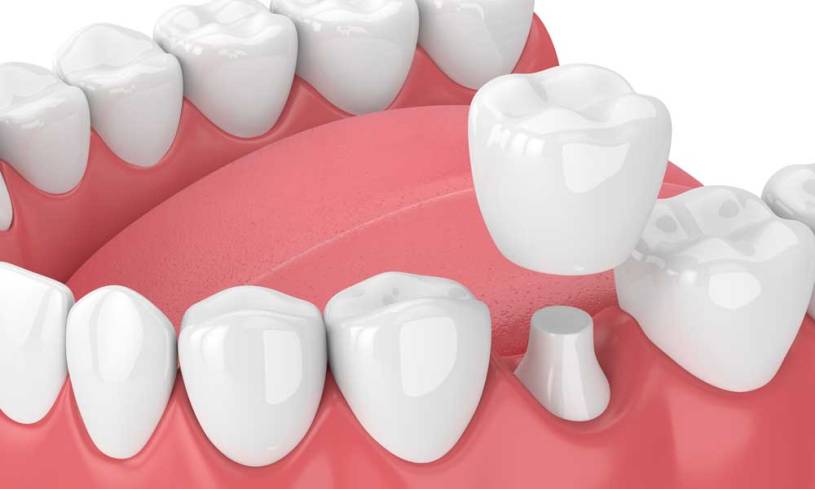Dental crowns are a common dental restoration option that has been used for years to cover damaged or broken teeth. Dental crowns are prosthetic devices placed over the top of a damaged tooth, helping to restore the tooth’s original shape and function. They are typically used to treat a range of dental issues, including chipped, cracked, or broken teeth and teeth that have undergone root canal treatment. Finding the right dental labs NYC or dental crown labs near me is crucial to the success of the treatment.
Can dental crowns cover broken teeth?
When a tooth is broken or fractured, the extent of the damage will determine the most appropriate treatment option. Sometimes, a simple dental filling may be sufficient to restore the tooth. However, if the damage is more severe, a dental crown may be required to cover the tooth and protect it from further damage.
Dental crowns are versatile restorations that can be used to address a variety of dental issues, including broken or damaged teeth. The crown is designed to fit snugly over the tooth, providing a protective barrier that helps to prevent further damage or decay.
If the damage is severe and the tooth is at risk of further damage or decay, a dental crown may be the best option.
Dental crowns can be made from a various materials, including porcelain, metal, and ceramic. Each material has its own unique advantages & disadvantages, & the choice of material will depend on the specific needs of the patient. For example, porcelain crowns are often preferred for their natural-looking appearance, while metal crowns may be recommended for their durability and strength.
Overall, dental crowns are a highly effective treatment option for broken teeth. They provide protection for the damaged tooth, restore normal function, and improve the appearance of the tooth.
How do dental crowns work?
The process of getting a dental crown includes, two appointments with a dentist or a dental lab technician. During the first appointment, the tooth is prepared by removing any decay or damage, and a temporary crown is placed over the tooth. A mold of the prepared tooth is then taken, which is used to create a custom-made permanent crown.
There are various types of dental crowns available, including porcelain, metal, and ceramic. Each material has its own unique advantages & disadvantages, and the choice of material will depend on the specific needs of the patient.
Advantages of using dental crowns for broken teeth
One of the main advantages of using dental crowns for broken teeth is that they provide protection for the damaged tooth. By covering the tooth with a crown, the tooth is less likely to suffer further damage or decay. Additionally, dental crowns can help restore normal function to the tooth, making it easier to eat and speak. Finally, dental crowns can improve the appearance of the tooth, helping to boost the patient’s confidence and self-esteem.
How to get dental crowns for broken teeth
If you are interested in getting dental crowns for broken teeth, it is important to consult with a dentist or dental lab technician. In order to find dental labs in NYC or dental crown labs near me, you can start by asking your dentist for recommendations. You can also search online for dental labs in your area, and read reviews from other patients to help you choose the right one.
The dental crown procedure typically takes two to three appointments, and the cost will depend on a variety of factors, including the location of the tooth, the material used, and the complexity of the procedure. It is important to discuss the costs with your dentist or dental lab technician before proceeding with the treatment.
Conclusion
They can provide protection, restore normal function, and improve the appearance of the tooth. If you are considering getting dental crowns for broken teeth, it is important to consult a dentist or dental lab technician to discuss your options and ensure that the treatment suits your needs. Remember, dental crowns are a long-term investment in your oral health, so it is worth taking the time to find the right provider and make sure that you’re getting the best possible care.

